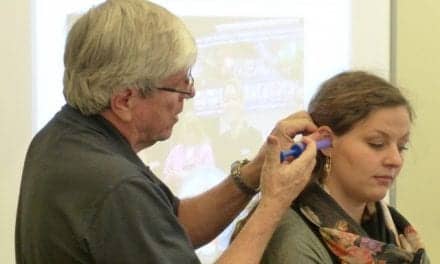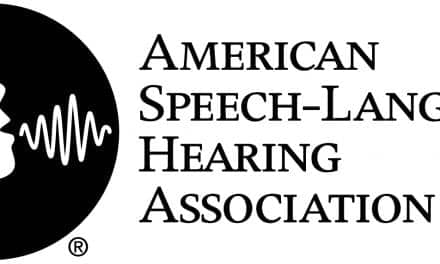A viewpoint article published on JAMA Network on World Hearing Day considers the ways in which large-scale, public healthcare systems can implement strategies to address hearing loss which include funding research, improving communication, and streamlining hearing care services.
With an estimated 1.6 billion people affected by hearing loss worldwide, there are a variety of early intervention steps that can be taken to reduce the incidence and severity of loss, according to the authors. For developing countries these steps may include improving sanitation, better prenatal care, reduction of occupational exposure to ototoxic drugs and loud noise, and ensuring vaccinations are up to date. In higher income countries, exposure to loud noise from personal devices among young people remains a preventable risk that is strongly associated with hearing loss, according to the authors, who encourage the promotion of safe listening practices.
Further, the authors recommend low-cost screening apps like the World Health Organization’s (WHO) hearWHO or early detection screenings of children, and the use of sign language, autocaptioning, and other methods to address the needs of those with hearing loss.
As part of a 3-part action plan, the JAMA authors advocate for a coordinated healthcare strategy for hearing loss that incorporates all stakeholders; adaptation of health systems to account for the needs of people with hearing loss that include sign language interpreters, assistive technologies, and quiet environments; and research funding to account for the impact of hearing loss on quality of life and economic productivity (NIH funding for hearing research is currently ranked 20th as of 2017, according to the article).
To read the article in its entirety, please click here.
Source: JAMA Network






